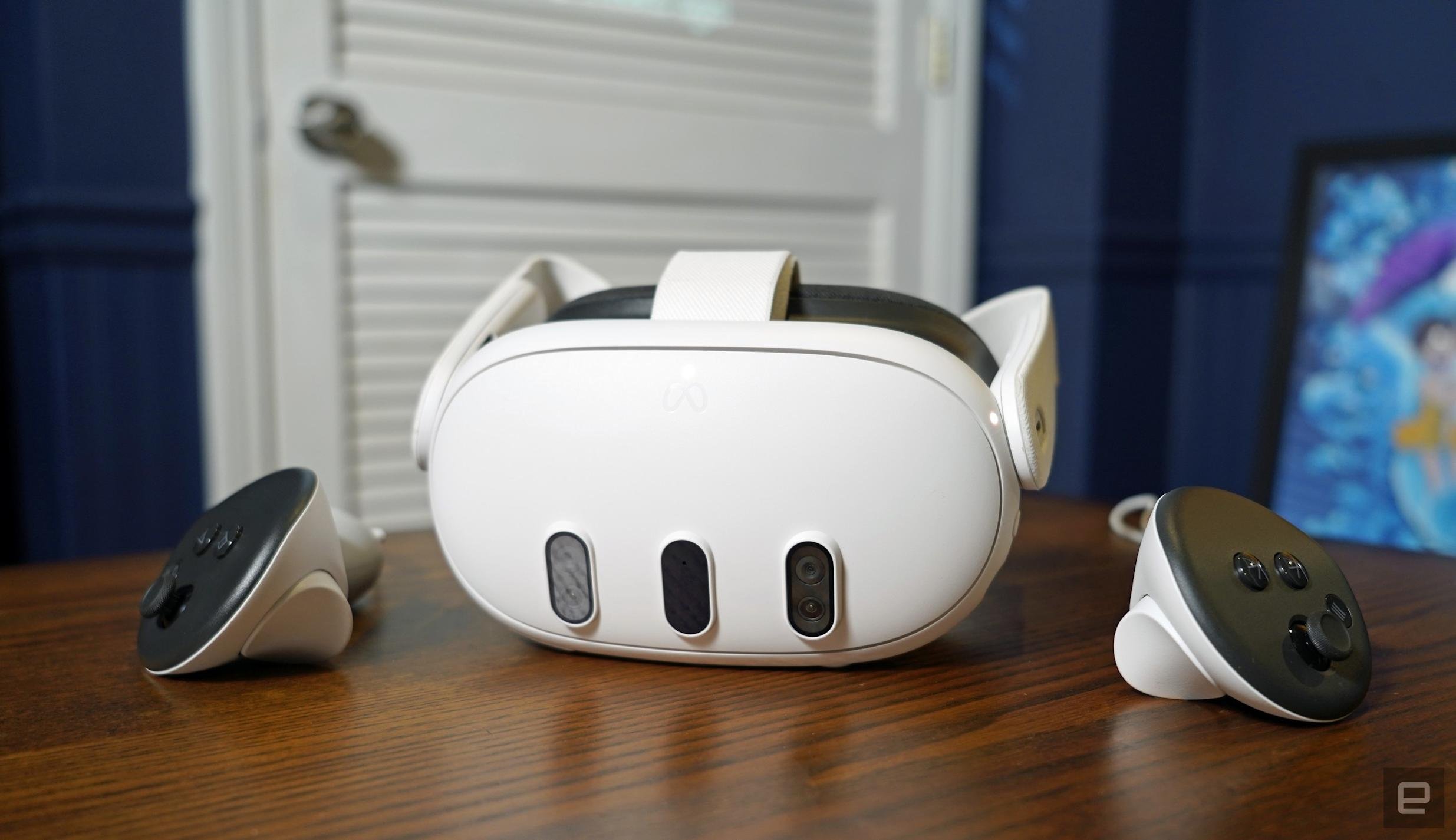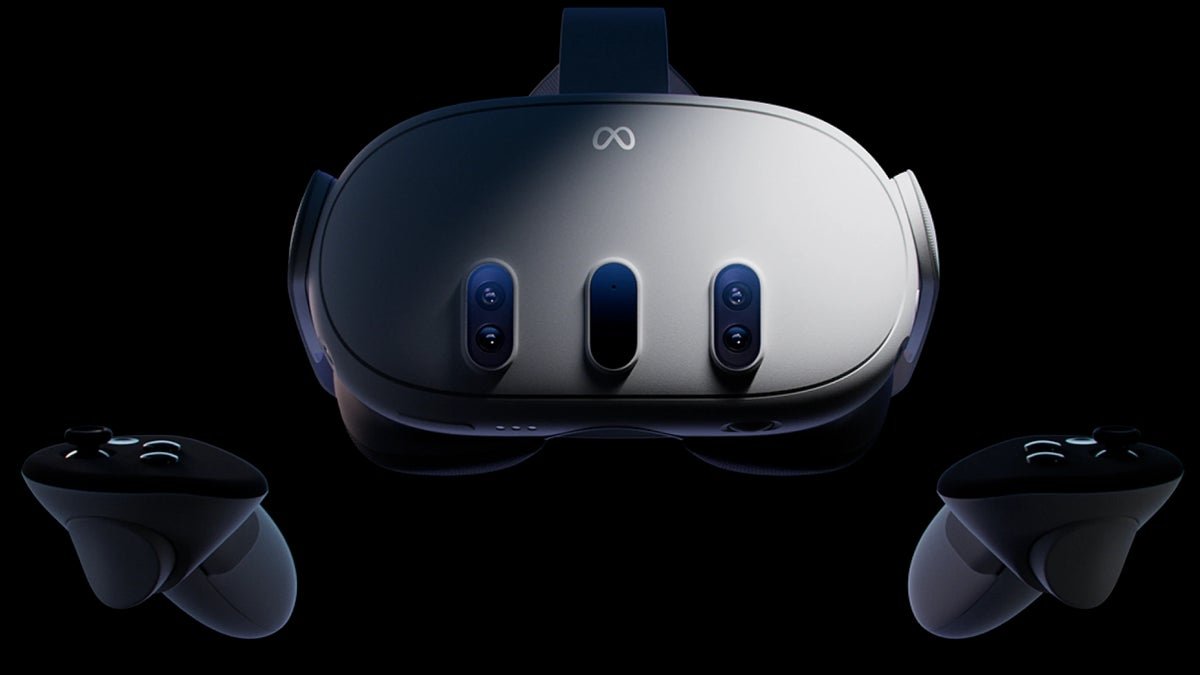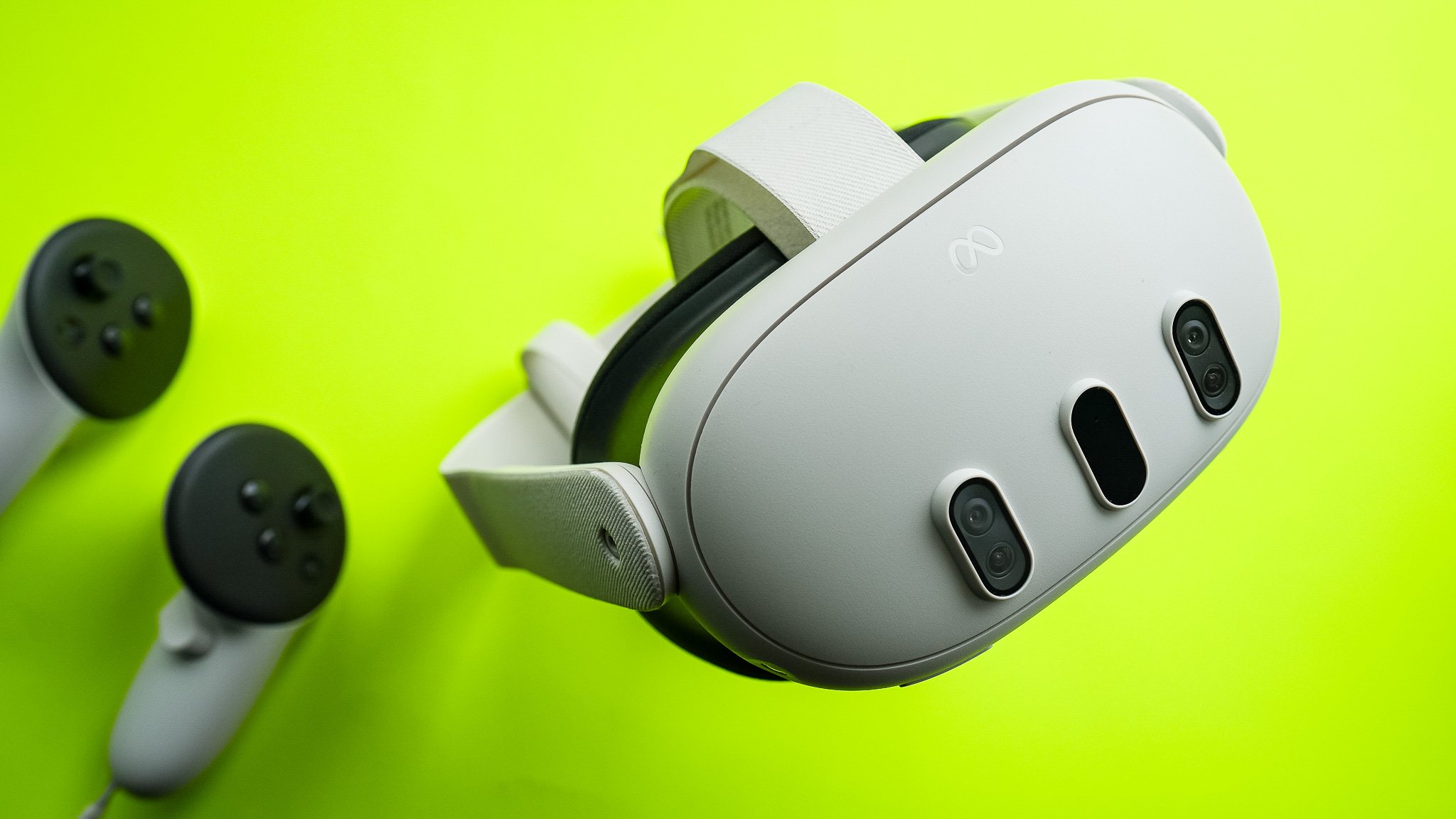The Quest 3 Isn’t Just an Upgrade; It’s a Glimpse of the Future

For years, consumer virtual reality has felt like a solution in search of a problem, a fascinating technology confined to digital-only worlds. The Meta Quest 2 democratized VR, but its successor, the Meta Quest 3, does something far more profound: it masterfully blurs the line between the virtual and the real. This isn’t just the next step in a product line; it’s the first mainstream device to deliver on the long-promised potential of mixed reality (MR), setting a new benchmark for what’s possible in a standalone headset.
Design and Ergonomics: A Refined Form Factor
The first thing you’ll notice about the Quest 3 is its dramatically slimmer profile. Thanks to the switch to “pancake” lenses, Meta has shaved 40% off the thickness of the front housing compared to the Quest 2. This design choice has a twofold benefit: it not only looks less cumbersome but also shifts the center of gravity closer to your face, resulting in a more balanced and comfortable fit, even during longer sessions. The build quality feels solid and more premium than its predecessor, though the new Y-shaped elastic strap is merely functional. It gets the job done for casual use, but most serious users will quickly look to Meta’s Elite Strap or third-party solutions for superior support and comfort. It’s a disappointing but predictable cost-saving measure on an otherwise well-designed piece of hardware.

Performance and Visuals: Power You Can See and Feel

At the heart of the Quest 3 is Qualcomm’s new Snapdragon XR2 Gen 2 chipset, which Meta claims delivers more than double the raw GPU performance of the Quest 2. This isn’t just marketing fluff; the difference is immediately apparent. Games load faster, environments are richer, and developers can push higher-resolution textures and more complex physics. The visual experience is further elevated by the new displays, boasting a resolution of 2064×2208 per eye. Combined with the exceptional edge-to-edge clarity of the pancake lenses, the dreaded “screen-door effect” is all but eliminated, and the struggle to find the visual “sweet spot” is a thing of the past. The entire visual pipeline, from silicon to lens, is a significant leap forward.
The Main Event: Mixed Reality That Actually Works
The Quest 3’s standout feature is its full-color, stereoscopic passthrough. Where the Quest 2 offered a grainy, monochrome view of your surroundings, the Quest 3 provides a vibrant and remarkably low-latency color feed. This technology is powered by dual front-facing RGB cameras and a new depth sensor, which work in tandem to map your environment automatically. The result is transformative. You can have virtual screens floating in your office, play a board game on your actual coffee table, or fight digital aliens as they burst through your living room walls. While the passthrough isn’t perfect—it can still exhibit some grain and warping in low light—it’s more than good enough to create compelling and seamless MR experiences. This isn’t a gimmick; it’s the device’s core identity.

Controllers and Value: Smart Changes and a Tougher Sell
The new Touch Plus controllers ditch the tracking rings of their predecessors, making them more compact and less prone to accidental collisions. Tracking remains impeccable, leveraging a combination of IR LEDs and the headset’s cameras. The integrated audio is also improved, offering a fuller sound with better spatial awareness, though a good pair of headphones will always provide a more immersive experience. The biggest challenge for the Quest 3 is its starting price of $499 for the 128GB model. This positions it as a more considered purchase than the Quest 2 was at launch. However, when you consider that it offers a legitimate MR experience that was previously exclusive to headsets costing three to six times as much, the value proposition becomes clear. It’s an investment in a platform that is just beginning to explore its true potential.
Final Verdict
The Meta Quest 3 is the undisputed new champion of consumer VR and the first device to make mixed reality feel like a tangible, exciting future rather than a tech demo. Its performance gains and visual upgrades are substantial, but it’s the high-fidelity passthrough that truly sets it apart. While the default strap is a letdown and the battery life remains modest, these are minor grievances against an otherwise outstanding package.
This headset is a must-buy for existing Quest owners looking for a meaningful upgrade and for any tech enthusiast eager to be on the bleeding edge of consumer technology. For newcomers, it represents the absolute best all-in-one entry point into the world of virtual and mixed reality, provided the higher price point isn’t a barrier. The Quest 3 isn’t just for playing games; it’s a window into the next era of personal computing.
Where to Buy:
Meta Quest 3 Quick Summary
Key Scores:
- Value: 90%
- Design: 94%
- Performance: 92%
- Quality: 91%
- Popularity: 92%
Top Pros
- ✅ Full-color mixed reality passthrough redefines the user experience.
- ✅ Pancake lenses provide outstanding edge-to-edge visual clarity.
- ✅ A major performance boost enables more demanding applications.
- …
Key Cons
- ❌ The default fabric head strap feels basic and uncomfortable.
- ❌ Battery life remains a limiting factor for extended sessions.
- ❌ Passthrough video quality degrades significantly in low-light conditions.

















